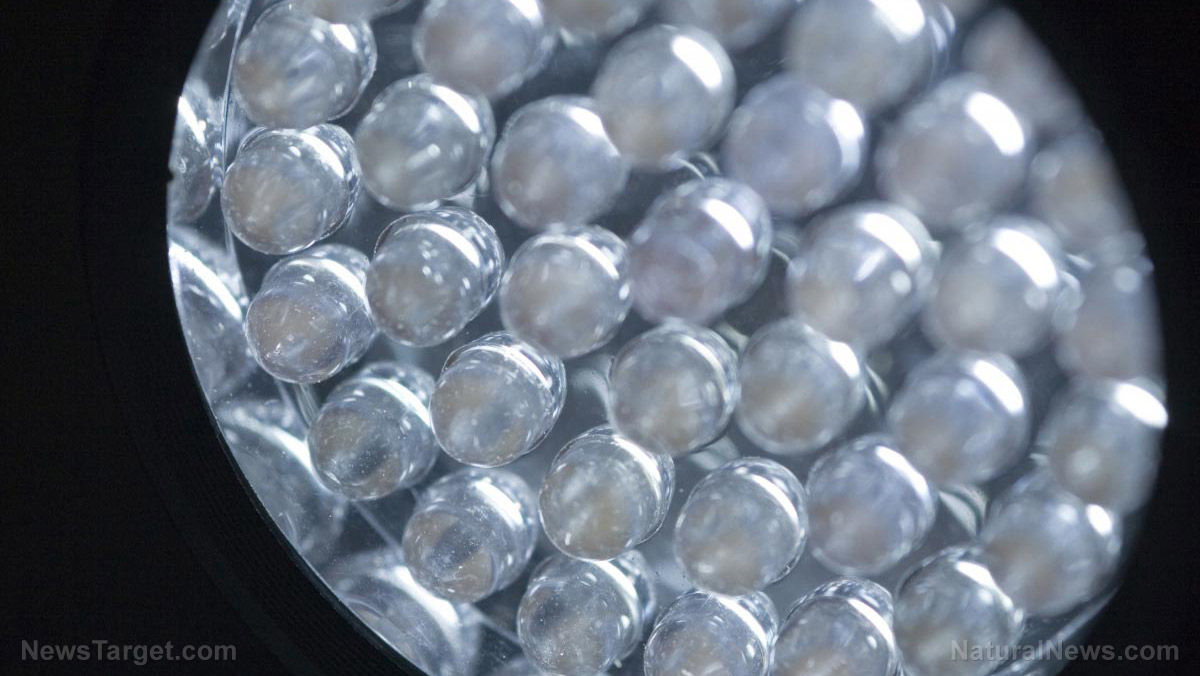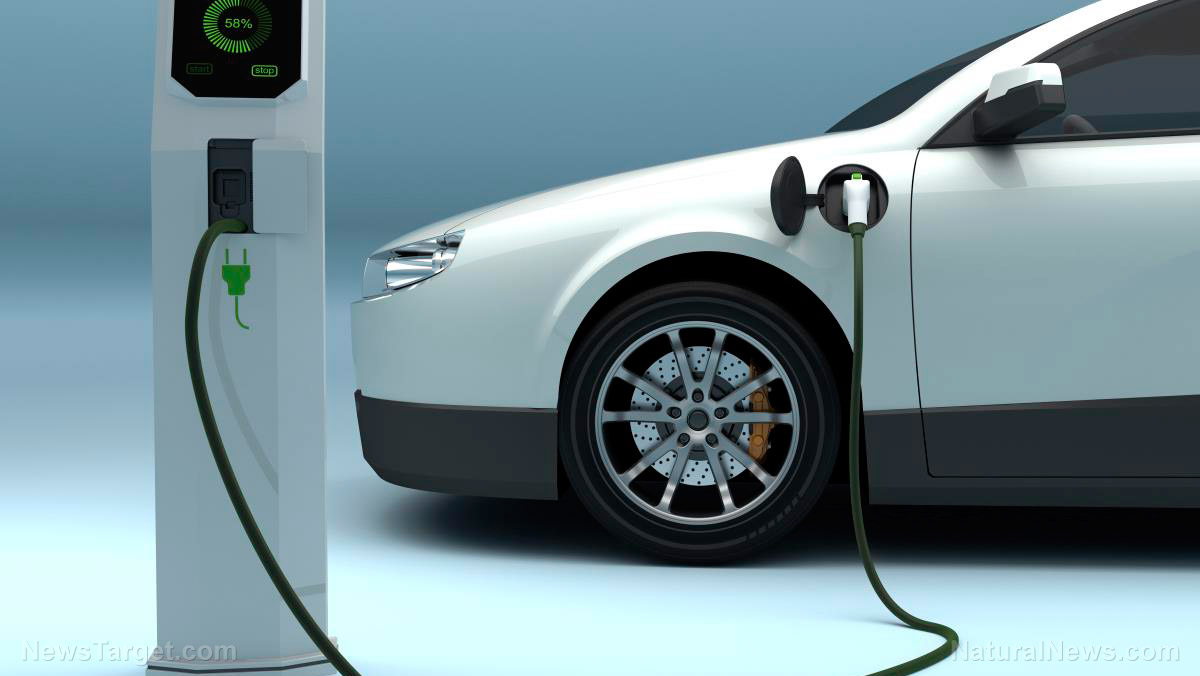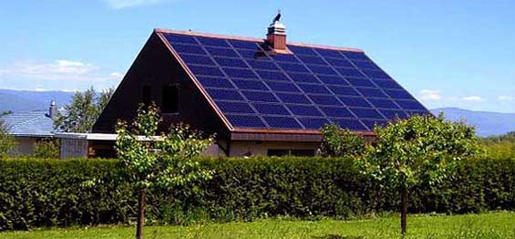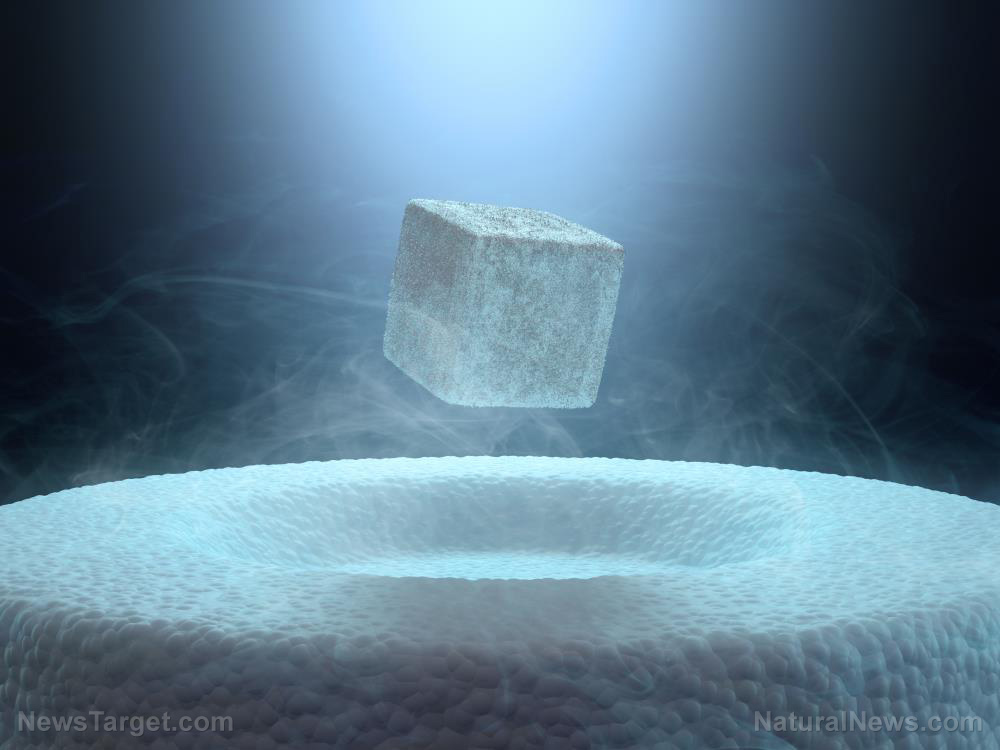Engineers develop breakthrough method of combining solar panels and light-emitting devices
02/24/2018 / By David Williams
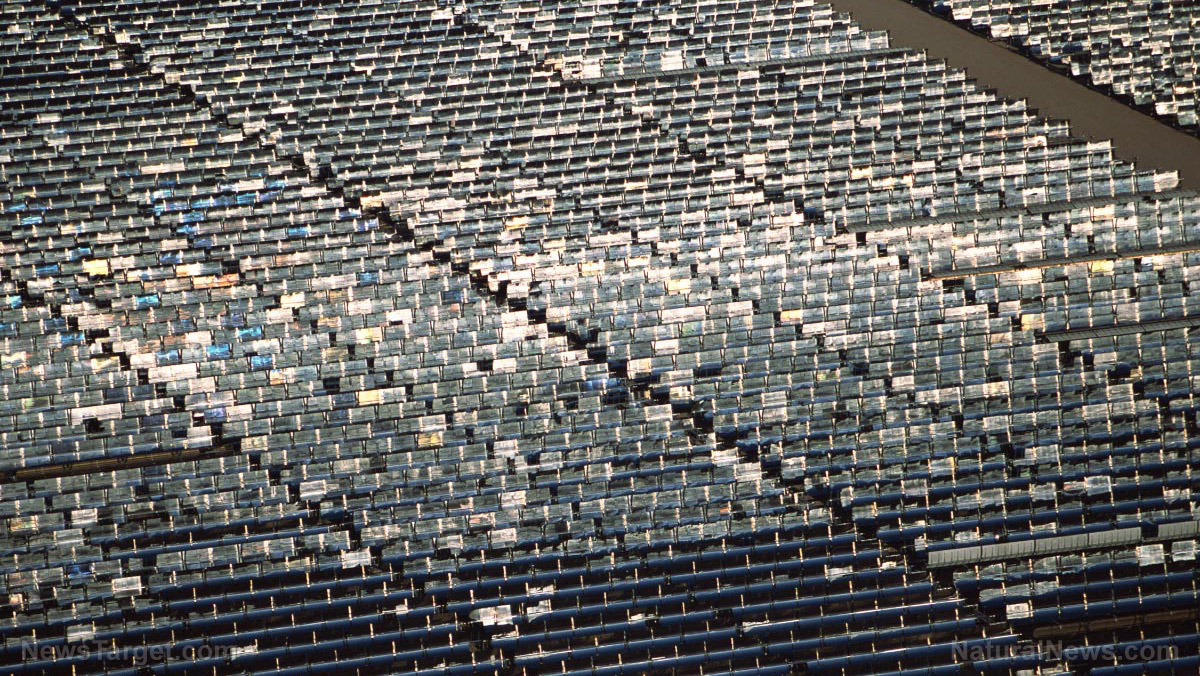
They say that necessity is the mother of invention. However, there are times when it simply makes sense to invent something, regardless of whether it’s really necessary at the moment or not. This might just be the case with the contraption made possible by a group of engineers that took perovskites and layered them on top of each other. What they found was that it enabled the creation of a more efficient type of solar panel that not only works better to gather sunlight, but is also able to emit light itself.
According to a report on the study, which was titled Extremely efficient internal exciton dissociation through edge states in layered 2D perovskites, and published in the journal Nature Reviews Materials, certain arrangements of compositional molecules can result in improved efficiency over standard patterns, at least as far as perovskites are concerned.
In case you needed a refresher on them, perovskites hold great potential as a new solar cell material. They are known to be cheap, easy to produce, and are currently believed to outperform silicon, which is the most commonly used material for solar panels. Basically, if solar panels were economical enough, the use of perovskites in building them will make them even more efficient and affordable, resulting in more cost benefits all around.
In the study, the researchers used so-called hybrid perovskites, which are described as a new class of low-cost materials that can be used in order to capture and emit light. The researchers noted that they can be synthesized in several different forms, namely bulk 3-D structures, 2-D crystal sheets, and 1-D rods. For their particular needs, the researchers focused on the use of hybrid perovskites in the creation of layered compounds that contain thin organic layers in between the 2-D crystal sheets.
Unlike the bulk 3-D variations, the 2-D crystal sheets are said to be intrinsically stable and widely tunable. For this reason, the thin crystal sheets were seen as possible sources of broad applications in a number of different technologies.
The study, as conducted by researchers at the Center for Integrated Nanotechnology (CINT) resulted in an efficient way to make combined solar panels and light-emitting devices thanks to better arrangement of the base materials used – the hybrid perovskites in this case. According to the researchers, using blocks of the hybrid perovskite materials were not as effective as the alternative setup they used, in which they layered several thin sheets on top of each other.
This new layered pattern cause the researchers to discover highly important “layer-edge states,” where energy is said to be highly conserved. As a result, the material ends up producing energy that doesn’t instantly dissipate in an instant, and can be used later to charge batteries and do other things.
The researchers mentioned that their study was meant to drastically enhance the optoelectronic properties of the base materials. After studying their research results, they concluded that materials with three or more layers contained charged particles (electrons and holes) that become trapped at low-energy states near the edge of the crystal layers.
What’s interesting about these “carriers” is that they appeared to increase their lifetime by up to five times longer, and evidently didn’t lose any energy to heat. This meant that they offered tremendous improvements in efficiency for light-capturing devices, according to the researchers.
While the researchers didn’t specify exactly what kind of products they can come up with to take full advantage of this kind of technology, even the simplest form of solar panel would be greatly enhanced by the process that was detailed in their study. And as you can imagine, anything that would push prices of solar energy down would be more than welcome in the budding renewable power industry that has already started to take over the world.
Read about other renewable energy innovations in Power.news.
Sources include:
Tagged Under: discoveries, future tech, inventions, light sources, light-capturing devices, nanotechnology, perovskites, power, renewable energy, renewables, solar energy, solar panels, solar power









